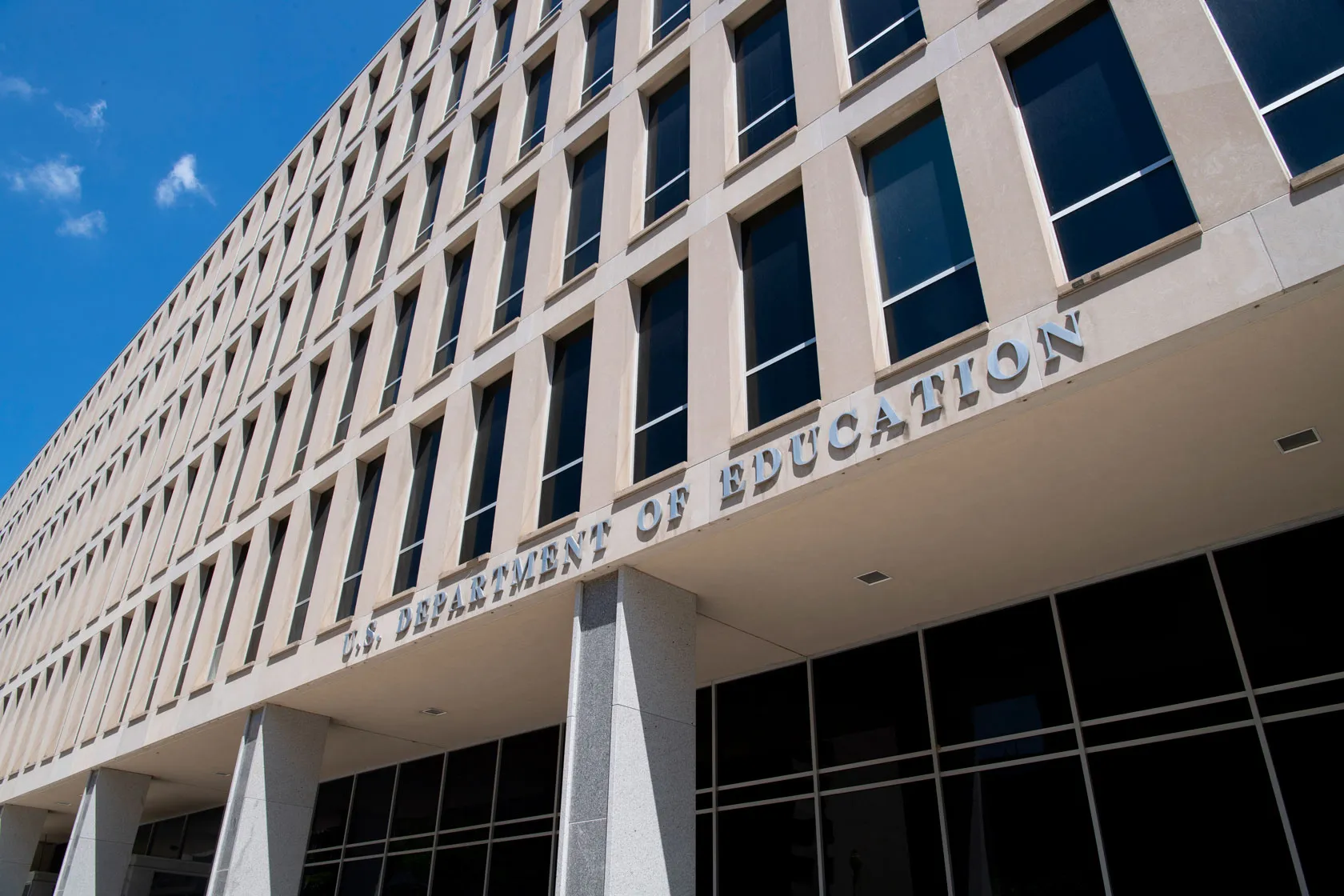
Department Outlines Series of Four “Beta” Testing Periods, Concluding with Full Access By December 1, 2024
Overview
Just after noon ET today (September 11, 2024), the U.S. Department of Education published an announcement to Ed Stakeholders detailing the timeline for rollout of the 2025-2026 Free Application for Federal Student Aid.
A reprint of the entire announcement is provided below for your review.
Department of Education Announcement
U.S. Department of Education Releases Additional Details for 2025–26 FAFSA Testing Periods
The U.S. Department of Education (Department) today announced additional details of the subsequent beta testing period ahead of making the 2025–26 Free Application for Federal Student Aid (FAFSA®) available to all students and contributors on or before Dec. 1. Starting today, high schools, community-based organizations (CBOs), institutions of higher education and state entities can submit the interest form to participate in subsequent stages of the testing period, including Beta 2 (launching in mid-October), Beta 3 (early November), and Beta 4 (mid-November).
“Through October and November, we will expand our testing to include tens of thousands of students and many different types of high schools and postsecondary institutions,” said FAFSA Executive Advisor Jeremy Singer. “Testing the FAFSA system with real students and institutions in a wide range of contexts is critical to ensuring a successful launch by Dec. 1, and we are grateful to the many organizations that will help us achieve this goal.”
In the first Beta testing period—Beta 1—starting Oct. 1, CBOs and the institutions of higher education (IHEs) they work with will collectively help the Department meet its goals of working with hundreds of students and their contributors at in-person FAFSA form completion events and of testing FAFSA processing with IHEs.
“We are grateful for the hard work of so many dedicated college counselors, financial aid advisers, and other educators who share our goal of helping all students get the help they need to pay for college,” said U.S. Under Secretary of Education James Kvaal.
The organizations participating in Beta 1 include: Alabama Possible, Bridge2Life, CollegeAIM, Education is Freedom, the Scholarship Foundation of Santa Barbara, and the Scholarship Fund of Alexandria.
Testing at Scale
The Department listened carefully to students, families, institutions, and other stakeholders about their experiences with the 2024–25 FAFSA rollout. Based on that input, the Department has designed a beta testing program, in alignment with software industry best practices, to maximize a positive user experience by identifying and resolving system errors that could impact students, contributors, and institutions.
The beta testing period will include stages of increasing scale. As announced previously, Beta 1 will include hundreds of students recruited by a small number of CBOs that can provide in-person support through the FAFSA submission process. Beta 2 will include thousands of students; later beta stages are expected to include tens of thousands of students.
Throughout the beta, the Department will work with different types of organizations that can recruit students and assist them through the FAFSA submission process. These include:
CBOs that hold FAFSA completion sessions
High schools that hold FAFSA completion sessions
Institutions that recruit returning students to submit the FAFSA form and then test those students’ Institutional Student Information Records (ISIRs).
The interest form for Betas 2-4 may be filled out by a CBO (or a government entity that supports FAFSA completion and hosts FAFSA completion events), high school, school district (representing multiple high schools), or postsecondary institution. A postsecondary system that is interested in participating should ask its member institutions to fill out the form separately. Organizations may indicate which beta test stages they are interested in. The Department will also reach out to the financial aid agencies of those states where participating institutions are located and invite those agencies to take part in beta testing.
Working with this wider range of organizations will allow the Department to test the FAFSA form with a large number of students from a broad variety of student populations and help the Department identify and fix major issues before the application is available to all students and contributors.
Progress Toward Availability for all Students and Contributors
The Department will continue to share regular updates with parents, students, and other stakeholders—between now and when the 2025–26 form is available to all students and families—so that our partners have insight into our progress.
Thanks to investments through the Department’s FAFSA Student Support Strategy and the partnership of community and stakeholders, student application rates have significantly increased, with the submission gap from the prior FAFSA cycle falling from roughly 40% in March to approximately 2.3%, this week. As of early September, approximately 500,000 more FAFSA applicants are eligible for Pell Grants than were at this time last year, which represents a 6 percent increase.



